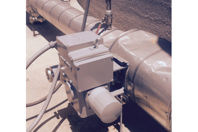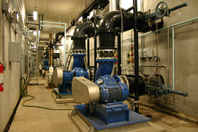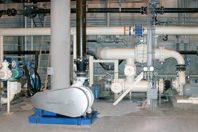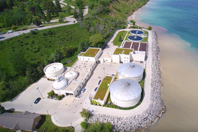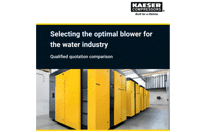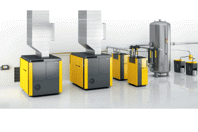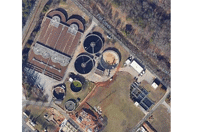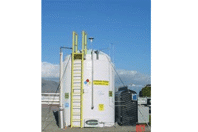AERATION & BLOWERS RESOURCES
-
Discover how installing Beck electric actuators on the aeration blower control valves has improved process stability and plant operations for a South Florida treatment plant.
-
In a bold move to modernize its wastewater treatment, Bowling Green, Ohio, installed the state’s first second-generation Autothermal Thermophilic Aerobic Digestion (ATAD) system—ThermAer—in 2004. The upgrade expanded the plant’s capacity from 6 to 10 MGD and replaced an inefficient, odor-prone coarse-bubble aeration system.
-
Calera Creek Water Recycling Plant, located in Pacifica, California, recently retrofitted to the Thermal Process Systems’ ThermAer™. This is California’s first installation of the second generation ATAD system.
-
The municipal wastewater treatment plant in Port Washington, Wisconsin, is located on the picturesque shore of Lake Michigan, so it’s essential that their plant performs as designed.
-
In this paper, we’ll discuss how many companies are losing thousands of dollars each year to compressed air system leaks. We will address where leaks commonly occur, leak detection methods, and practical advice for an audit and repair plan.
-
In this white paper, we will drill down into which technology has particularly proven itself in terms of energy efficiency in the water industry.
-
The objective of this paper is to define the five steps required in a compressed air assessment. We will use a real-world example with system information from a magnetic materials manufacturer to clearly illustrate each step.
-
In this case study, learn about a city that worked with ChartWater™ to provide emergency, supplemental oxygenation using BlueInGreen’s supersaturated dissolved oxygen (SDOX®) technology.
-
The Gulf Coast Refinery approached USP Technologies (USP) to engineer a bulk H2O2 chemical dosing system sized to meet the plant’s D.O. demand
-
Artificial Intelligence (AI) offers a promising solution to the challenges posed by energy-intensive aeration processes and the consequent escalation of operational costs in wastewater treatment.

